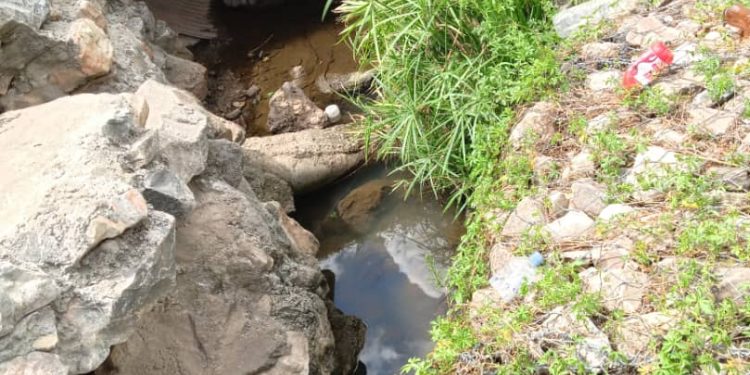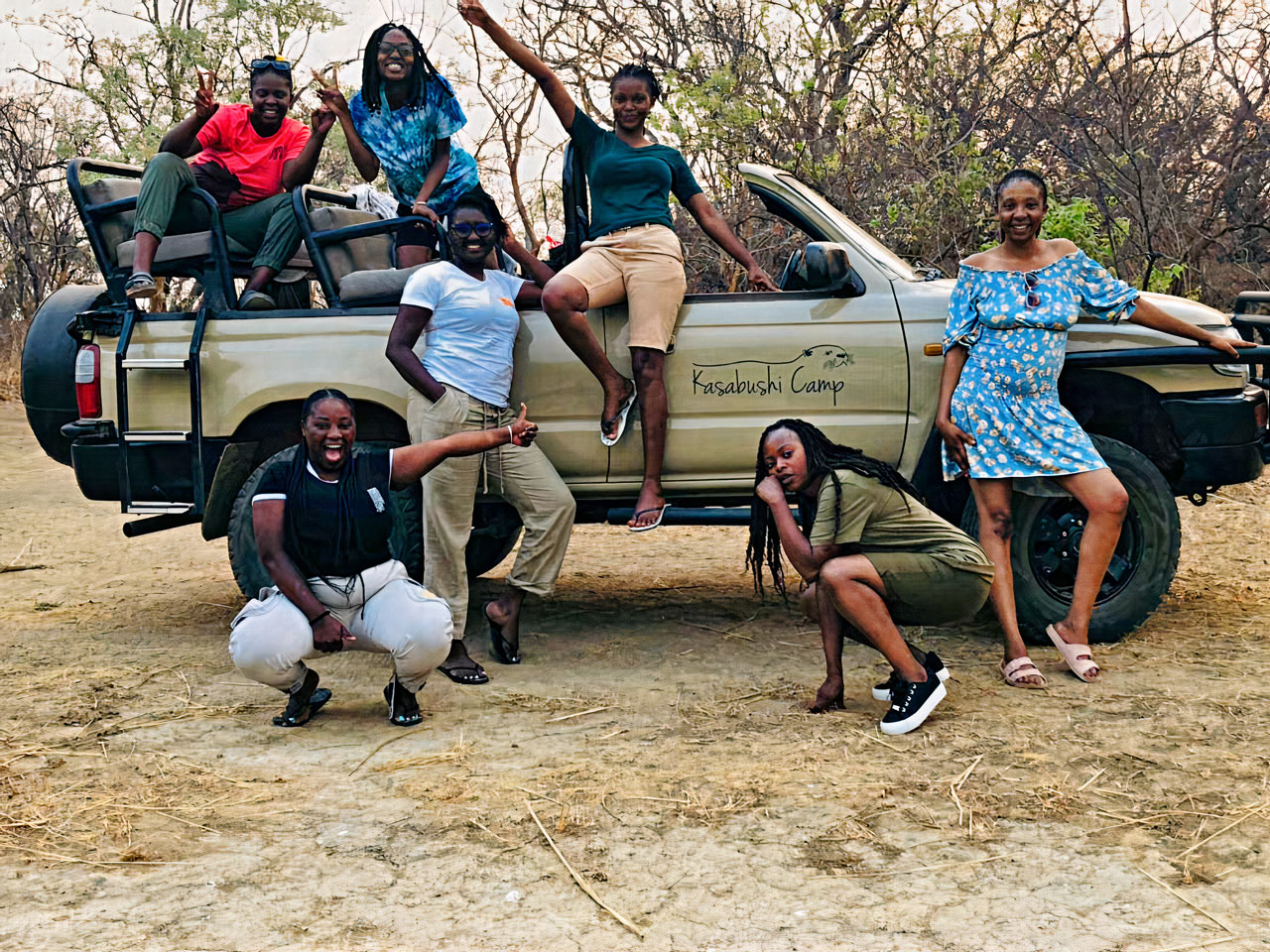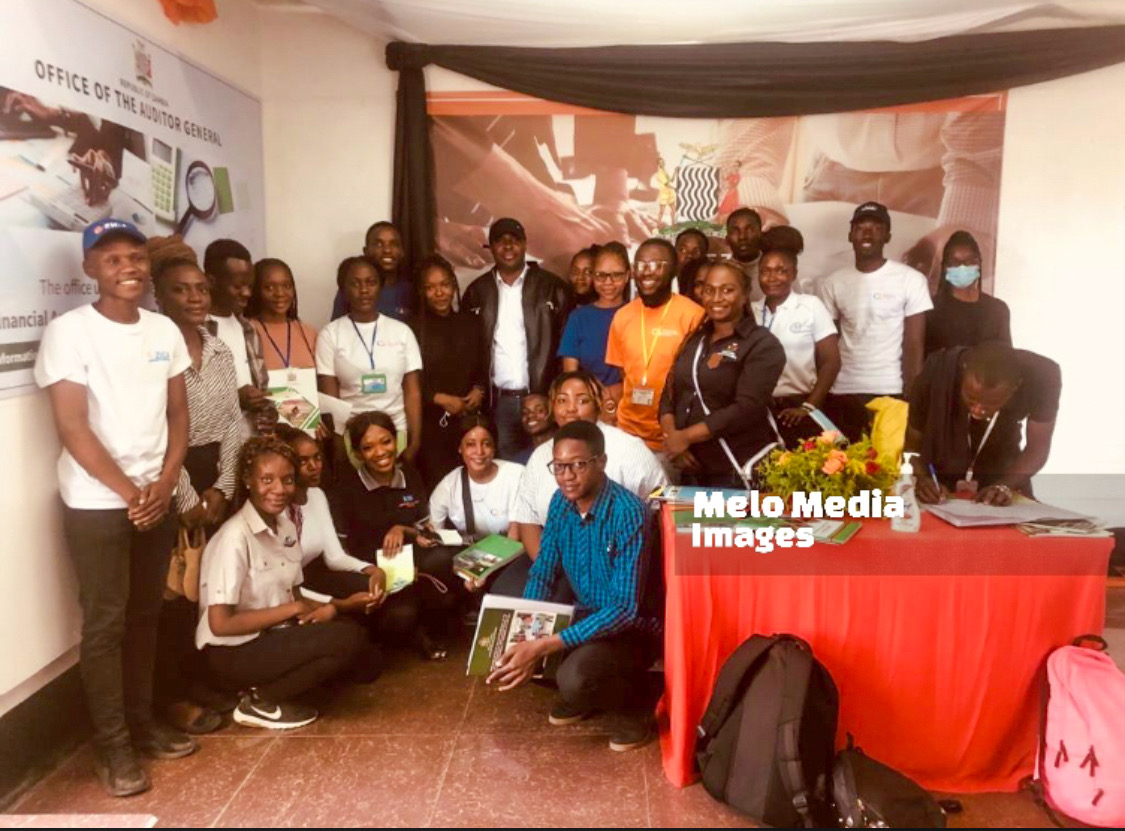Part 1
08.04.2024
African countries must prioritise the exercise of cleaning up rivers, lakes and streams including swamps to keep them healthy and strengthen their contribution to people’s livelihoods, said Dr. Kelvin Kamayoyo, Technical Advisor for African Rivers. Notwithstanding, rivers, streams, lakes and swamps equally found in Zambia are not an exception. Undeniably, these water bodies on planet earth are one of the major sources of water for the world’s population, industrial development and provide habitat for wildlife.
Life depends on rivers and the health of rivers need to be protected. Henceforth, by embarking on a robust exercise of cleaning up rivers and other water bodies, most African countries are likely to harness both the economic and social value of water resources within the continent. This could also help prevent waterborne diseases such as cholera and dystentry, optimise resources to support industrialisation and boost economic growth for the surrounding local river communities. However, today most rivers in Africa are under severe threat from unprecedented events induced by climate change and pollution primarily caused by human sewage, animal waste, disposal of industrial waste products and bio-chemical substances directly into the reservoirs.
For instance, Zambia is home to a number of famous rivers, streams, dams, swamps and lakes which are playing a critical role in providing drinking water to the people, sustaining cultural heritage, and supporting manufacturing, agriculture and tourism industries, inter alia. Such water bodies include Zambezi river, Kafue river, Luangwa river, Luapula river, Chambeshi river, Kambopo river, Lake Tanganyika, Lake Mweru Wantipa, Lake Kariba, Lake Bangweulu, Kambule stream, Chinyunyu hot spring stream, and Lukanga swamps. Equally all these precious water bodies need constant clean up in order to keep them healthy and sustain smooth water pathways as they continue to meander.
Most rivers in Zambia traverse national parks or game management areas thereby providing drinking water to the wildlife and supporting the creation of notable waterfalls such as Kalambo Falls, Lumangwe Falls, Chavuma Falls, Ntumbachushi Falls, Sioma Falls and the mighty Victoria Falls in Livingstone the tourist capital of the country. Rivers also benefit from the water sources such as streams and swamps but unfortunately in most urban areas or towns streams, in particular, are running dry due to either prolonged dry spell (lack of rainfall) or unplanned human settlements and altered channel morphology. All these only induce water crisis which threatens water security especially for a growing Zambian population estimated at 20 million people according to the recent national census.
Look out for the next edition part 2 on this topic: Clean up rivers, swamps, streams and lakes in Zambia. For comments send to the author through email: [email protected]






































